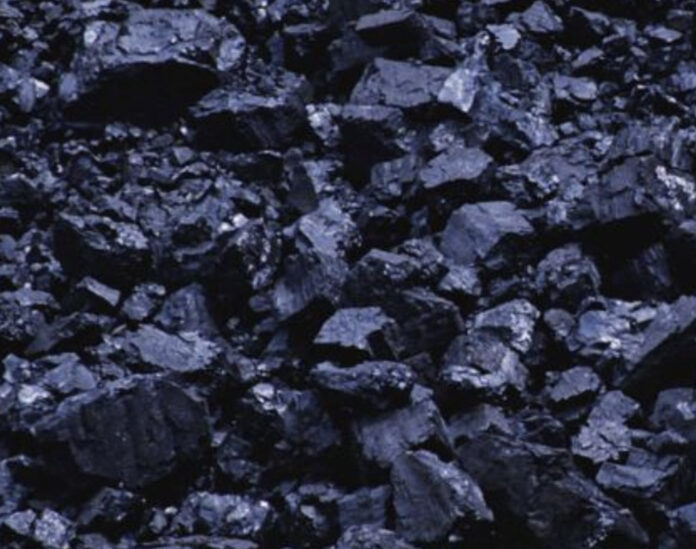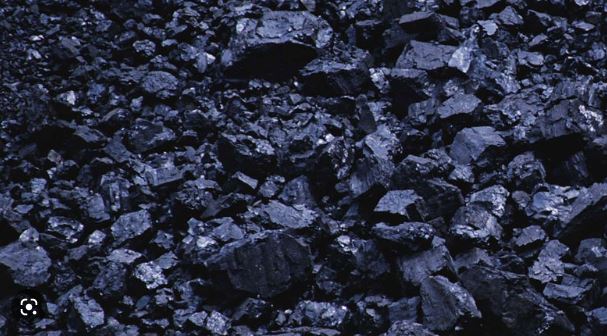Tyler Durden
China has allowed several large coal importers to resume purchases of Australian coal, easing an unofficial ban that has lasted more than two years, as Beijing looks to strengthen energy security after ditching the zero Covid policy.
China enacted an unofficial ban on Australian coal in October 2020 after Australia backed a call for an international inquiry into the way China handled the initial COVID outbreak in early 2020. China’s decision to allow four big importers to restart imports of coal from Australia is a sign of a thawing in relations between the two nations and sparked hope that trade between the two could return to normal.
As OilPrice notes, last week China’s National Development and Reform Commission discussed the idea to allow four large Chinese coal importers to make new purchases of Australian coal this year. These are China Baowu Steel Group Corp, China Datang Corporation, China Huaneng Group Co, and China Energy Investment Corporation.
China Energy Investment Corp has already placed an order for purchasing coal from Australia, and the first cargo could load as early as this month, according to Reuters. Moreover, the surge in Covid cases after the end of the restrictions has resulted in lower coal supply from China’s key coal-producing centers Shanxi and Inner Mongolia, traders told Reuters.
At the same time, Reuters also notes that China’s decision to allow imports of Australian coal after more than two years of an unofficial ban is one of those moves where the symbolic importance outweighs the practical impact. The partial easing of the ban will see three utilities and a major steelmaker given permission to resume imports from Australia, which used to be the second-biggest supplier to China prior to the curbs being imposed in mid-2020.
As Reuters adds, while there is likely to be some interest among Chinese buyers for cargoes from Australia, the likelihood of a return to prior levels of trade is limited as regional and global market dynamics have shifted substantially.
That doesn’t mean the move is without significance, but the impact is likely to be more about improving ties between China and Australia, which became strained when Canberra called for an investigation into the origins of the coronavirus pandemic, resulting in China banning imports of several goods from Australia, including barley, wine and lobsters.
The partial easing of the ban will see three utilities and a major steelmaker given permission to resume imports from Australia, which used to be the second-biggest supplier to China prior to the curbs being imposed in mid-2020.
That said, there are several reasons why Australian coal won’t once again become a major factor in China, the world’s largest importer of the fuel used mainly for power generation or to make steel.
The first, and most important, is that Australian coal will struggle to compete on price in China, especially thermal grades used to make electricity.
Prior to the ban in July 2020, China was importing in the region of 3.5 to 4.3 million tonnes of thermal coal from Australia, with the 2020 peak coming in at 4.26 million in April of that year, according to data compiled by commodity analysts Kpler.
For that month, it gave Australia a market share of 21% of China’s total thermal coal imports, well behind the leader Indonesia, which had a share of 69%.
While the numbers did move around somewhat on a monthly basis, the April 2020 data is representative of the broader trend in China’s imports of thermal coal, namely Indonesia dominated and Australia was a distant second.
Once the informal ban came into effect, Australia’s share of China’s imports dropped to zero by early 2021.
It’s also the case that China’s overall imports slumped in the months after the ban was imposed, but they started to recover from November 2020 onwards and by June 2021 thermal coal arrivals were exceeding 2020 levels.
What effectively happened is that Russian cargoes replaced Australian, with seaborne thermal coal imports from China’s northern neighbour reaching 3.37 million tonnes by June 2021, having been just 1.07 million in April 2020, the peak month for imports from Australia that year.
China’s imports of Russian thermal coal have remained solid, with some seasonal variations, since then and were 2.96 million tonnes in December, according to Kpler.
The question is whether Australian coal miners can compete on price with Russian thermal supplies, and the answer is probably not. Chinese utilities previously imported lower grade Australian thermal coal, so the closest match is the 5,500 kilocalories per kg (kcal/kg) assessment by commodity price reporting agency Argus. This was pegged at $132 a tonne in the week to Jan. 6, which is roughly similar to Russian thermal coal at the eastern port of Nakhodka, which was assessed by McCloskey at $130.
However, the freight rate strongly favours Russian supplies given the shorter distance to reach Chinese ports.
There is also more than price to consider.
Australian coal miners, as well as the region’s traders, shippers and bankers, will be wary of going back into the Chinese market, having been burnt by the unofficial ban back in 2020. This means they are likely to be willing to sell again to China, but will also be more demanding in terms of price and guarantees. They may also be reluctant to divert coal away from the buyers they gained after the Chinese ban, especially those in places like India and Vietnam.
In short, it will likely take some time to rebuild trust and trading relationships. Add in a likely price disadvantage and it’s hard to see Australian thermal coal charging back into China.
Where there is more scope is in metallurgical, or coking, coal, where Australian cargoes are likely to be more price competitive against those from Russia and the United States. Australia used to be China’s top supplier of imported seaborne coking coal, with imports peaking at 6.84 million tonnes in June 2020, for a market share of 94%. Russia was a distant second in June 2020, supplying just 409,916 tonnes, according to Kpler.
The unofficial ban on Australia coal saw China’s imports of seaborne coking coal plunge, and unlike thermal coal they have not recovered and were just 2.14 million tonnes in December 2022, or just under 30% of June 2020 levels. China has been forced to import more coking coal overland from neighbouring Mongolia and has also boosted domestic output to make up for the shortfall.
While Australian coking coal is likely to be more pricey than that from Mongolia, it can also be delivered to coastal steel mills more easily. Australian supplies may also be more costly than those from Russia, but Russia has limited capacity to supply more volumes, which means Chinese buyers may be willing to purchase Australian supplies to ensure security of supply.
But it may take some time for Australian coking coal to return to China in meaningful volumes for much the same reasons as thermal coal, a lack of trust, the need to rebuild trading relationships and a reluctance to cut off other buyers.
* * *
With demand for winter heating rising, China now looks to avoid another coal crunch. China has put more emphasis on energy security since the autumn of 2021 when power shortages crippled its industry. In 2022, China said it would continue to maximize the use of coal in the coming years as it caters to its energy security, despite pledges to contribute to global efforts to reduce emissions.
In recent months, China has significantly boosted its coal production, following government orders. China’s daily coal production hit a record high in November 2022 as demand for heating jumped, beating the previous record set in September 2022.
This article was first published in ZeroHedge and Richardson Post.











